

The Southdale Center in Edina, Minnesota paved the way for the construction of thousands of climate-controlled malls throughout the US that looked like it.
When the Southdale Center in Edina, Minnesota opened its doors in 1956, its design was revolutionary.
Southdale was the first modern indoor mall in the US, and eventually became a national symbol of car-centric, consumerist, postwar suburbia.
The shopping mall featured a large central atrium with escalators that led to two upper floors. A pair of department stores anchored each end of the climate-controlled complex, which was surrounded by thousands of parking spaces.
Over the next half-century, thousands of American malls copied Southdale's layout (which has since gone through several renovations).
While Southdale is still open today, a number of similar malls have died or are being redeveloped to survive, due largely to the rise of online shopping. Check out the history of Southdale, which defined American shopping habits throughout the late 20th century.
In 1956, the Southdale Center debuted in Edina, a growing Minnesotan suburb of 15,000 at the time. Eight hundred workers built the mall, which cost $20 million to construct.
Southdale's opening year marked the 100th anniversary of the city of Minneapolis. Dayton Development Company (now Target Corporation) announced the concept of the climate-controlled, enclosed mall in 1952.
Source: The New Yorker
The mall originally had 5,200 parking spaces on its lot, though it has since added more with an underground parking garage.
The 500-acre mall stretched three floors. (A fourth was added later.) In this 1956 photo, construction workers are finishing storefronts before the grand opening, which attracted around 75,000 people.
''People came in and looked and their mouths opened.'' Herman Guttman, who supervised Southdale's construction, told The New York Times in 1986. ''The impact was phenomenal. There was nothing like it.''
Source: The Guardian
Southdale's layout —featuring a center atrium under a skylight, escalators, a huge parking lot, air conditioning, and heating — provided a model for many malls that followed. Until that point, most shopping centers were single-level and outdoors, with store entrances facing the parking area.
There were precedents, like Seattle's Northgate Mall and Appleton, Wisconsin's Valley Fair Mall (which both opened in the early '50s), but their layouts were partially outdoors.
The mall's architect, Victor Gruen, designed the building to mimic Vienna's outdoor squares, with plants hanging from the balconies and plenty of space for people to mingle. In the atrium, there was a fish pond, large faux trees, and a 21-foot cage filled with birds.
The word "mall" comes from the wide, tree-lined promenade in St. James's Park, London, dubbed the "Mall" starting in the 18th century.
The Sidewalk Cafe, as seen in this 1965 photo, was an outdoor-themed indoor restaurant, complete with umbrellas.
Gruen, a socialist refugee from Nazi-occupied Austria, envisioned Southdale Center as a solution to suburbia's lack of public space. The atrium, called the Garden Court, was the largest indoor public area in the US at the time.
The mall was meant to be a town center-type facility in the suburbs. The original plan called for a town hall, police department, and library, but these were never put in place. The developers instead brought in profitable shops like Dayton's department store and Walgreens.
Over five days in 1957, Bob Barker hosted his "Truth or Consequences" game show live from Southdale. More than 20,000 people showed up.
Source: St. Louis Park Historical Society
When the mall opened, there were two department stores (Donaldson's and Dayton's) and 72 smaller shops. The 1956 photo below shows a boy's clothing window display at Donaldson's.
The mall also included a Red Owl grocery store, depicted in this 1959 photo:
The store had elaborate coffee displays.
JCPenney opened a 247,902-square-foot store in 1972. The early 1970s photo below shows a children's barber shop nearby in the mall.
As the Guardian notes, Southdale played into the fears of middle-class white Americans in Edina. Isolated from the city and only accessible by car, the mall had clothing for the whole family and domestic housewares.
At the time, Minneapolis struggled with rising gun violence and civil unrest, including two nights of rioting after a confrontation with the police in 1967, according to The New York Times. The event, which drew hundreds of National Guard Troops, led to white flight to suburbs like Edina.
The Southdale mall, which advertised itself as a family-friendly center, may have seemed like a suburban refuge.
Source: The Guardian
Frank Lloyd Wright visited Southdale soon after its 1956 opening. He criticized the mall's design, saying it “had all the evils of the village street and none of its charms ... You should have left downtown downtown."
Source: St. Louis Park Historical Society
Gruen later regretted the whole project, which was not as anti-car and pro-pedestrian as he had hoped.
Source: 99 Percent Invisible
The number of American enclosed shopping malls peaked in the late ‘80s at around 3,000. The rapid proliferation of malls may have eventually led to their decline. “There are just too many of them,” June Williamson, author of “Retrofitting Suburbia,” told Business Insider.
Around that time, there were approximately 27,000 malls and shopping centers in North America. In 1985, they accounted for $600 billion in sales, or up to 60% of all retail sales in the US.
Over the next few decades, the Southdale mall restructured. In 1987, Donaldson’s merged with Chicago-based department chain Carson Pirie Scott. In the late 1990s, Southdale converted its basement into an anchor store: the discount chain Marshalls.
In the early 2000s, the mall renovated again, fearing competition from nearby Eden Prairie Center and Mall of America. It added a 16-theater movie complex and a series of restaurants and shops (called “The District of France") as well as teen-geared stores in an area dubbed “Trendz on Top.”
These additions included popular chains like California Pizza Kitchen and The Cheesecake Factory.
In 2011, Southdale got a new food court with more upscale options, like Qdoba Mexican Grill and Smashburger.
In recent years, the mall has been forced to switch up its offerings.
Source: The Star Tribune
In April 2017, Gordman’s announced that it would close its department store at Southdale by the end of the year. Two months later, the mall’s other anchor, JCPenney, said it planned to shutter in August.
The moves follow a rising trend of retail closures nationwide, including iconic chains like Sears, Payless, and Macy’s. Hundreds of stores have announced closures just in 2017.
When the US economy enters its next recession, some analysts expect approximately 30% of shopping centers (both strip malls and enclosed malls) to shutter.
Not even the first modern shopping mall is safe from America’s “retail apocalypse."
Source: Business Insider
The Southdale Center in Edina, Minnesota paved the way for the construction of thousands of climate-controlled malls throughout the US that looked like it. Read Full Story







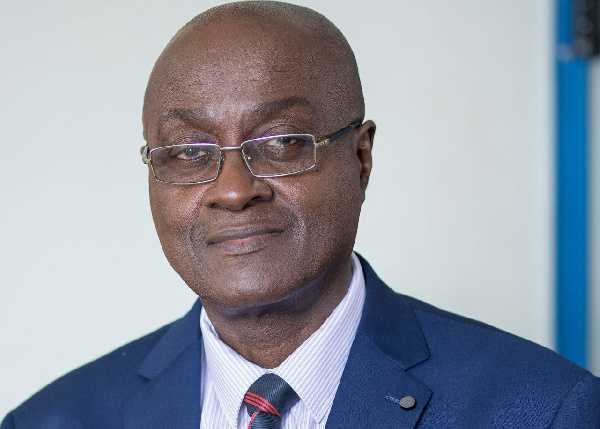


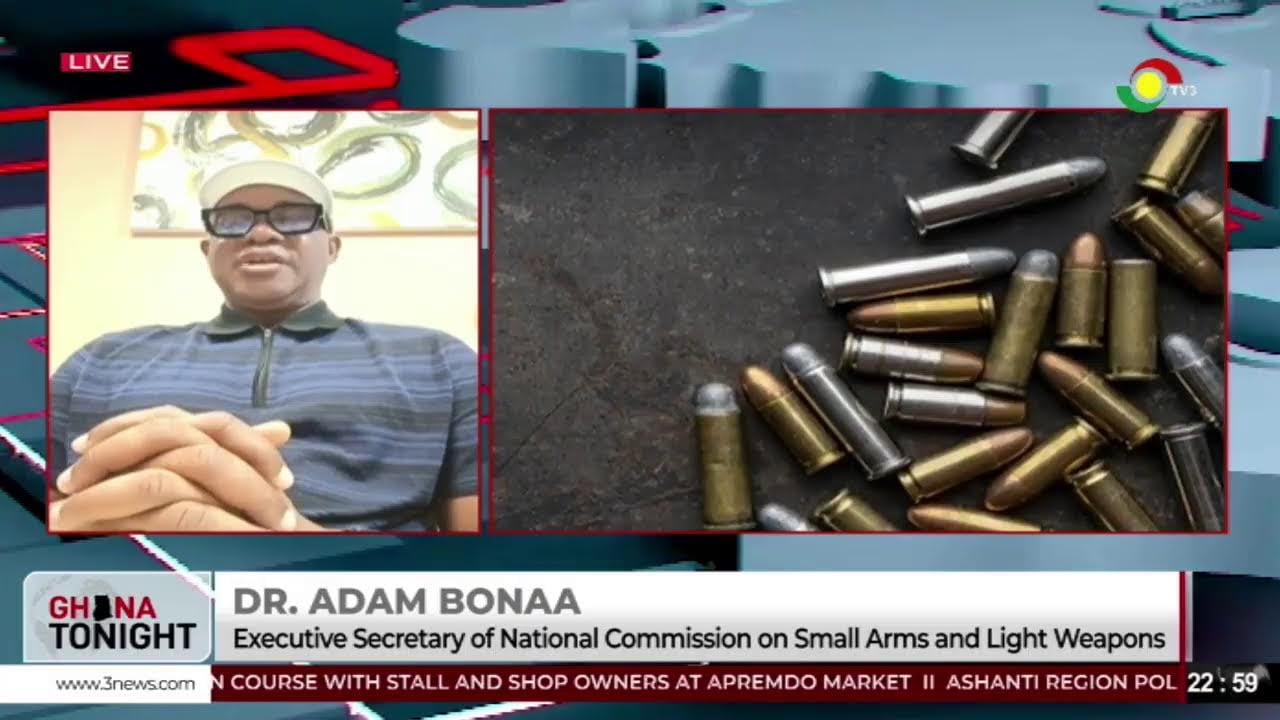
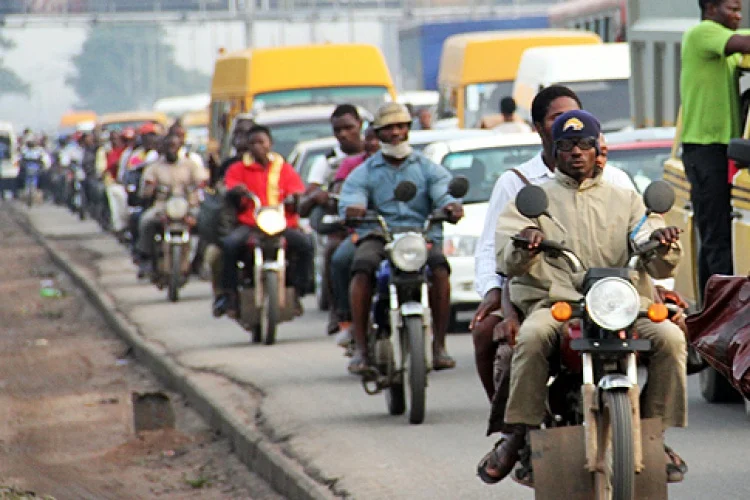





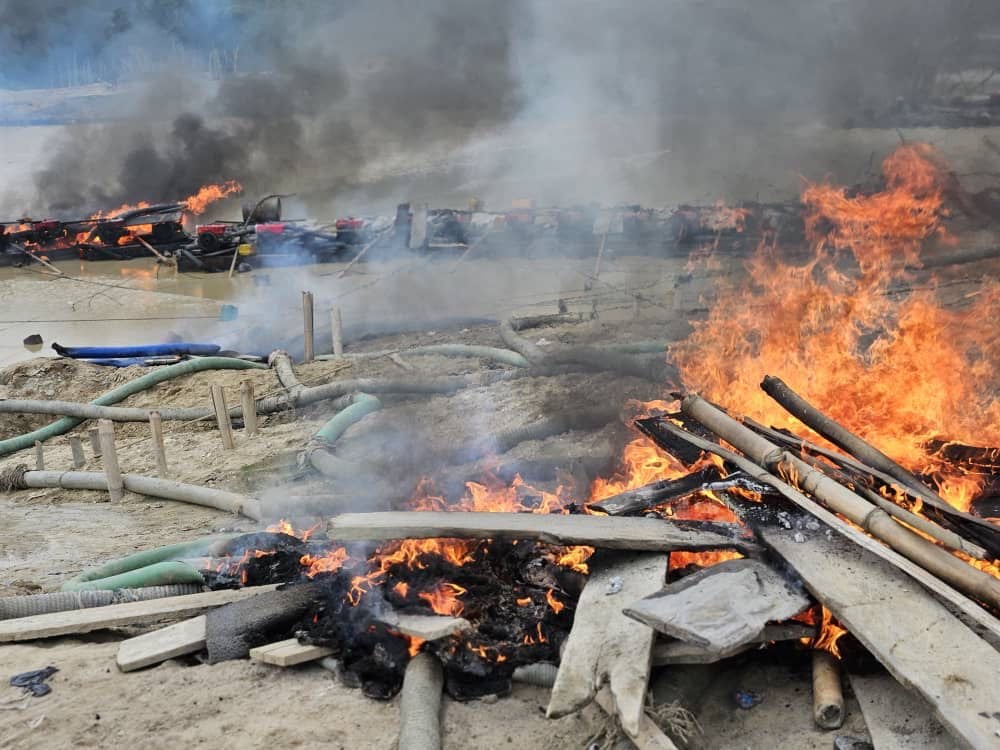


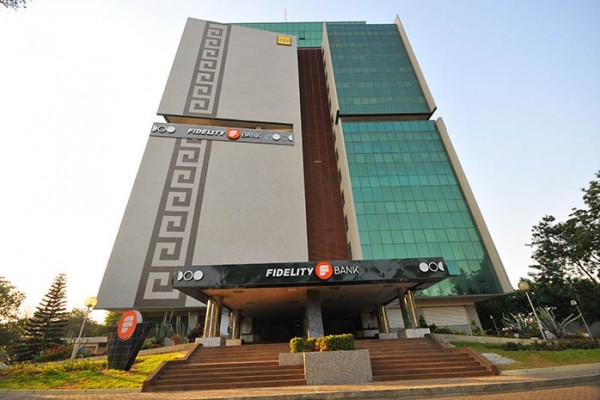


Facebook
Twitter
Pinterest
Instagram
Google+
YouTube
LinkedIn
RSS